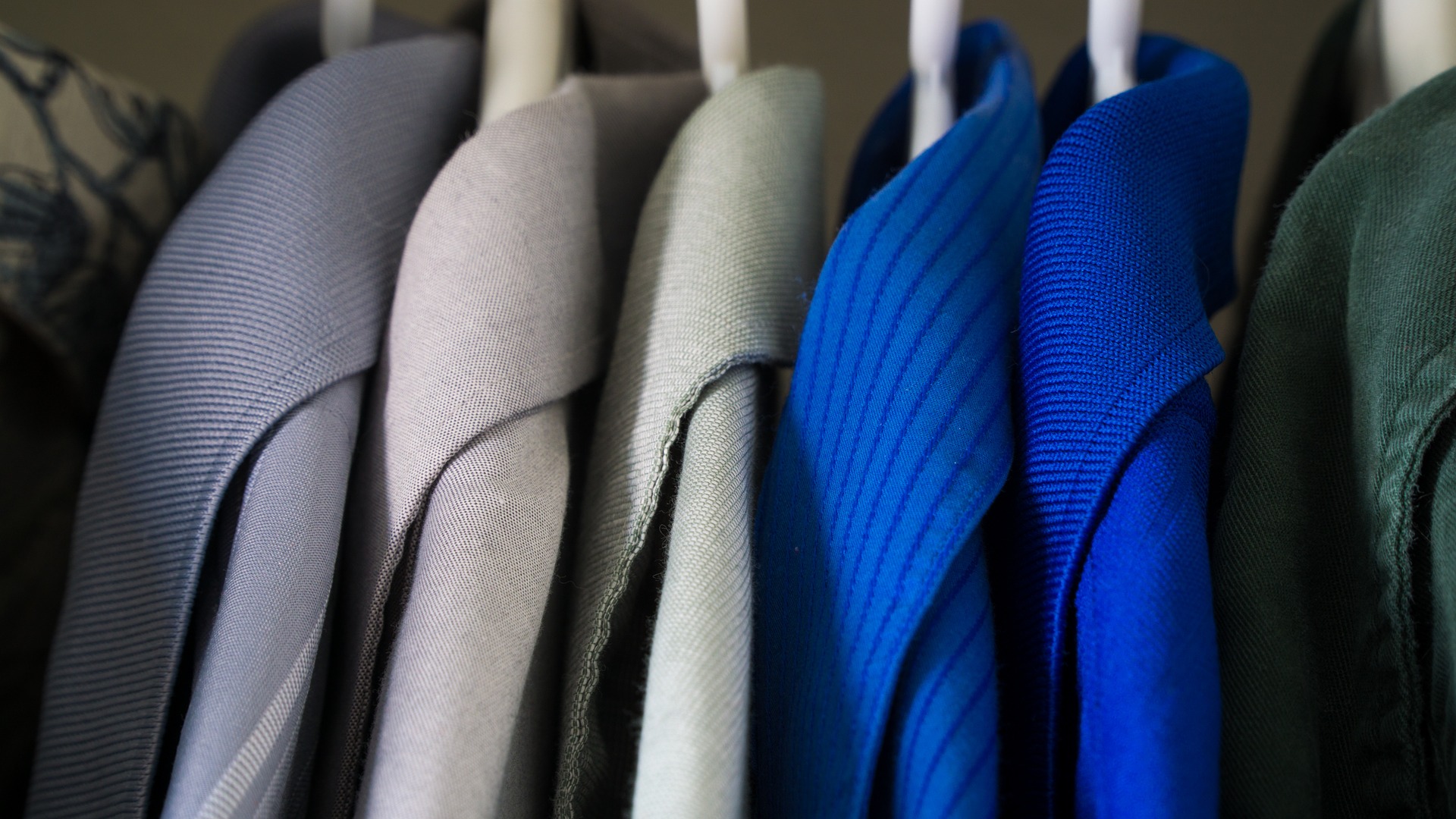To solve your bed bug problem, you need to get rid of not just the adult bed bugs, but also their eggs. You can only combat bed bugs and their eggs effectively if you know where they are hiding.
What do bed bug eggs look like?
First, you should know what bed bug eggs look like. Bed bug eggs look like milky white grains. They are only about one millimeter in length, so they may be hard to spot. The good news is that they are usually found in clusters, so they’re easier to see.
Bed bug eggs hatch within two weeks and the new generation bed bugs can feed immediately. This fast life cycle is one of the reasons why a bed bug infestation can be hard to combat, especially if the situation is already at its peak.
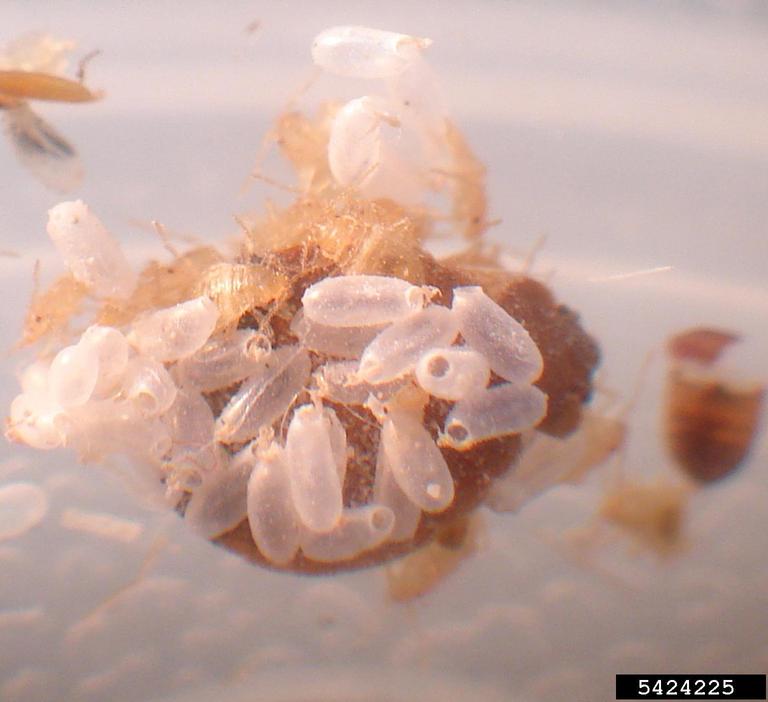
What are the signs that a part of your home has bed bug eggs?
Well, the most obvious sign is the egg itself. If you see even just one bed bug egg, be wary. There could be a lot more in hiding. It is true that bed bug eggs can be seen in groups, but it’s not uncommon to see lone eggs lying around.
But when looking for signs of a bed bug infestation, the egg is not the most ideal sign to look for. The following signs are better places to start:
- Live bed bugs crawling around
- Stomach-churning shells of bed bugs or dead bed bugs lying around
- Dark brown or black stains smearing the corners or sides of your mattress, as these are actually bed bug fecal matters
- Blood stains smearing your mattress, as these stains are from bed bugs you have squashed in your sleep
- Musty smell covering your room, as this smell comes from pheromones released by bed bugs
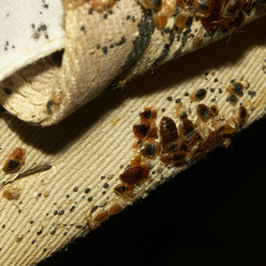
Where do bed bugs hide their eggs?
To determine where bed bugs like to hide their eggs, you have to think like them. As a pest, where would you like to hide your offspring when your host is actively trying to get rid of you?
You think about the safest places possible. These places are usually cracks and crevices, which are not that accessible to humans. They are also usually dark, to contrast the whiteness of the bed bug eggs and make them harder to spot.
Here are the common spots where bed bugs hide their eggs.
Mattress
Bed bugs are called bed bugs for a reason. They really like to hangout in your mattress. This is because a mattress has the perfect conditions for them to thrive.
A mattress has cracks and crevices where bed bugs and their eggs can hide. It is also dark, especially the underside. It is also often undisturbed, making it the perfect home for pests.
But most importantly, it has easy access to you – their meal. Every night is a guaranteed meal if they stay on your mattress.
Here are the common spots where bed bugs can hide their eggs in your mattress.
- Inside the mattress itself, especially if the exterior has holes
- Corners of the mattress
- Underside of the mattress, which touches the bed frame
- Around zippers and tags
- Around the bed frame
When trying to look for bed bug eggs, give particular attention to these spots.
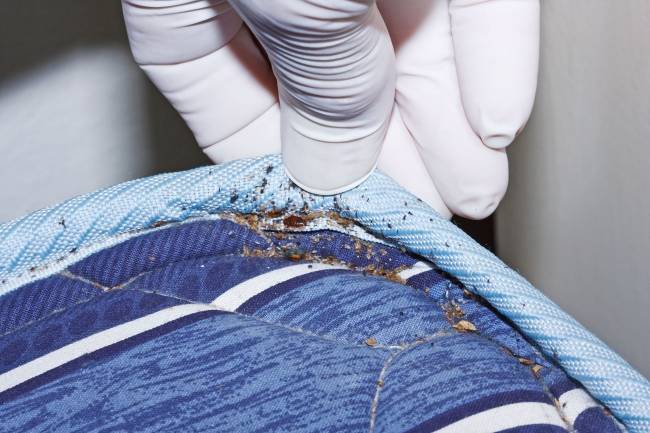
Furniture
Don’t let the name bed bug confuse you. Contrary to popular belief, bed bugs thrive not just in mattresses, but also in other spots in your home. Aside from mattresses, one of the most common places these pests can thrive is in your furniture.
Look around your home and inspect furniture that have cracks and crevices and are dark and often undisturbed.
Examples of such furniture include bedside tables, cupboards, sofas, and wardrobes.
Here are spots around your furniture where bed bugs can hide their eggs.
- Cracks and crevices, particularly in the sofas
- Furniture legs and feet
- Joints between the parts of your furniture
- Undisturbed sections, such as internal drawers
Carpet and wall
Bed bugs also enjoy flat surfaces that are not struck by sunlight. For this reason, carpets and walls are also spots where bed bugs hide their eggs.
Carpets are actually not the ideal spots for bed bugs. Even though carpets are flat and dark, they are often disturbed. Unkempt carpets are more likely to get infested by bed bugs than clean ones.
Walls, on the other hand, are more likely spots for bed bugs to hide their eggs. They enjoy the cracks and crevices in the walls. Also, having weird spots in your walls is one of the most common signs of a bed bug infestation in your home.
Clothing
Bed bugs can also hide their eggs in your clothes. But before you panic, it’s important to note that these pests don’t lay their eggs on the clothes you are wearing now.
Bed bugs are indeed attracted to human smell and sweat, but they don’t want to be around you all the time. They need an undisturbed and secure place for themselves and their eggs.
Clothes in cupboards and wardrobes are the perfect candidates. Bed bugs enjoy fabrics and all the folds in them where they can settle. This is particularly true for clothes you seldom wear and remain undisturbed in your closet for a long time.
So, if you are already suffering from a bed bug infestation, look at your clothes and where you store them. Bed bugs may already be settling in on them.
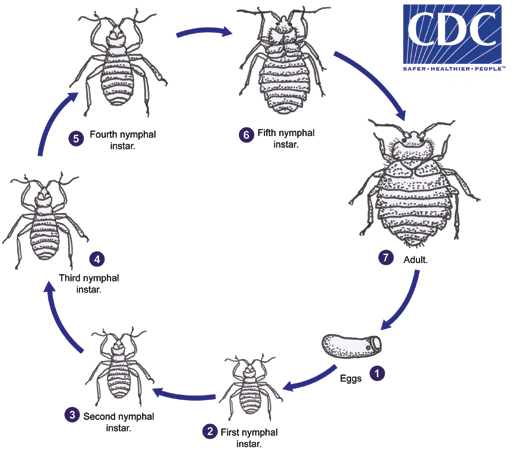
Why do bed bugs hide their eggs in these places?
Bed bugs settle on spots where they can be safe. Their primary concern is survival and not getting squashed.
They like cracks and crevices because they are perfect hiding places. They like dark places because they make them harder to spot. Undisturbed places are also ideal because these will further ensure their peace and safety.
But don’t think that bed bugs are so smart. Their brains are actually not that developed to make complex decisions. They are mostly acting on instinct.
Bed bugs have just developed the instinct of settling on these places. They are not deep cognitive choices.

